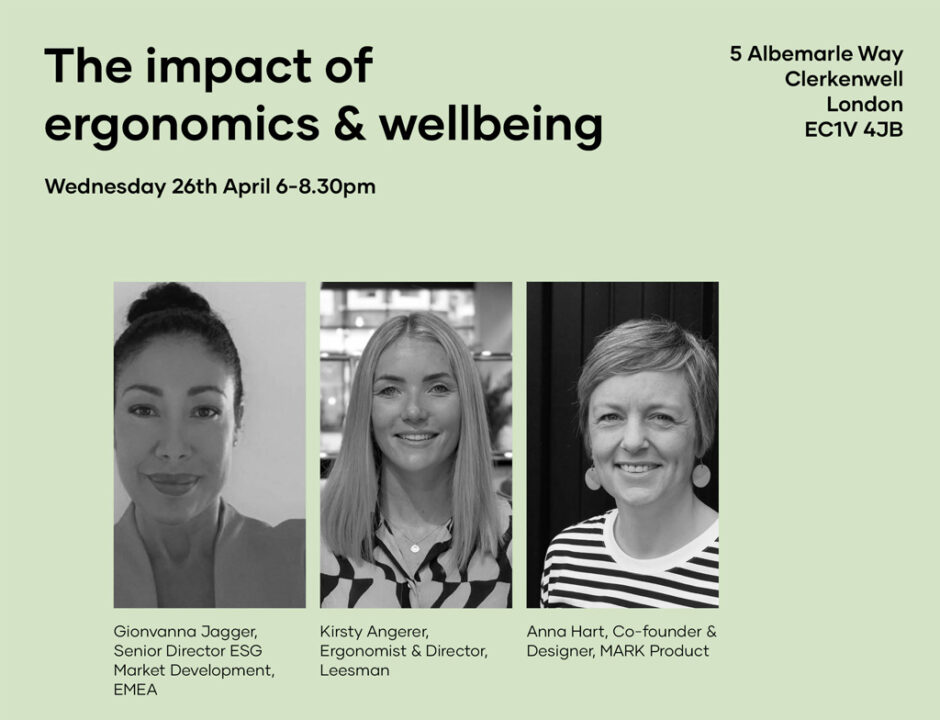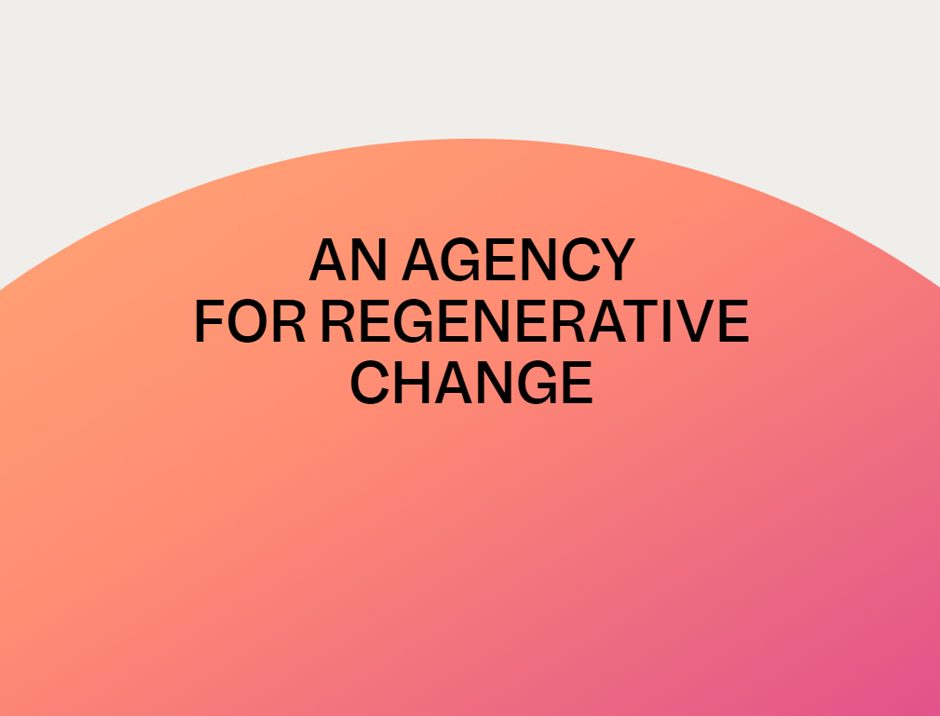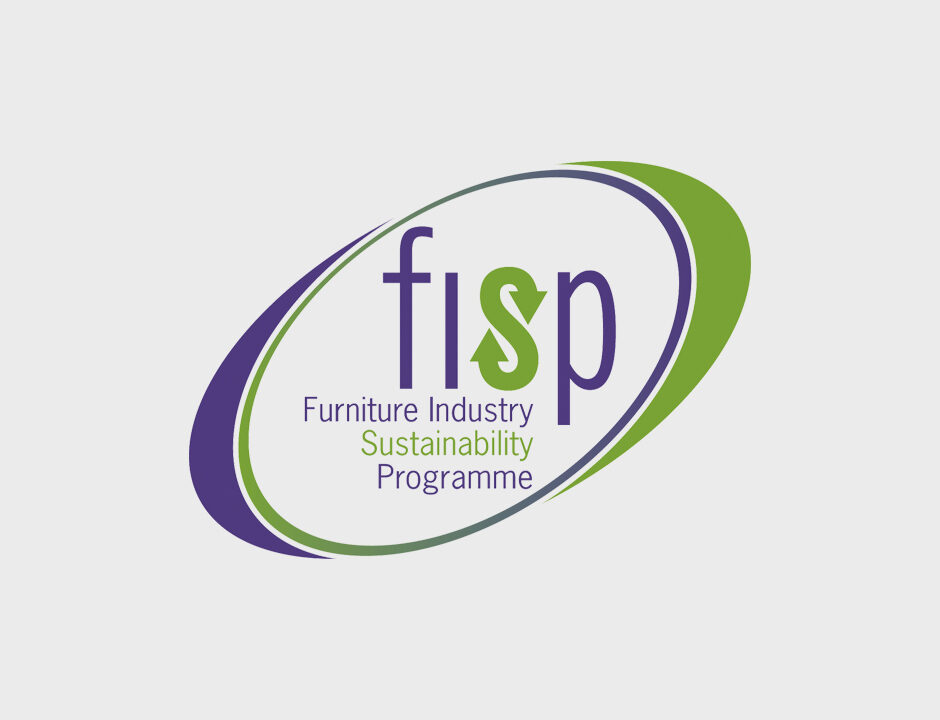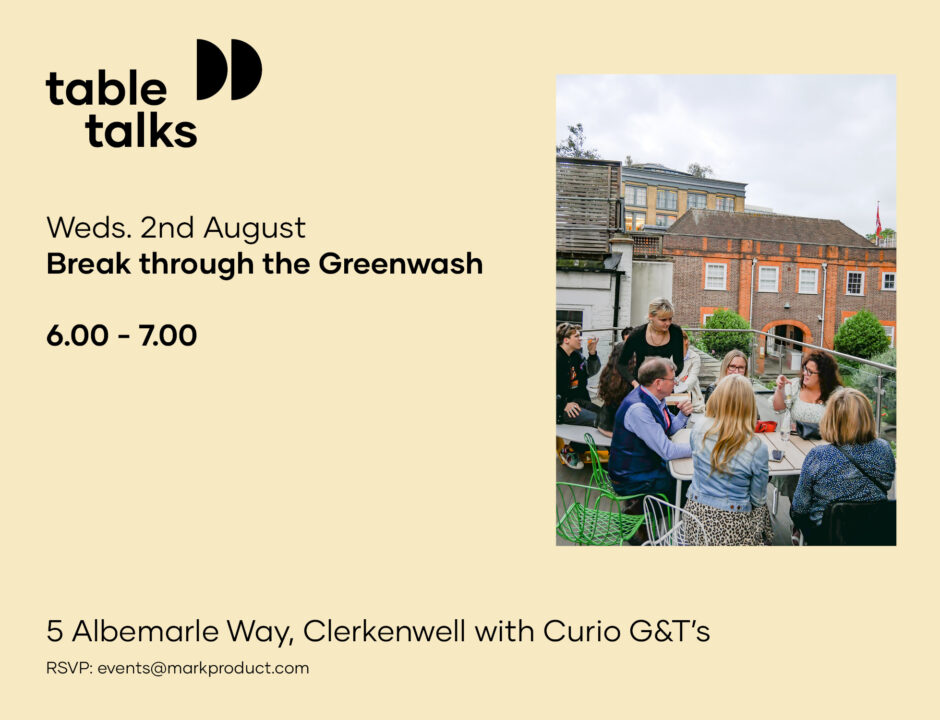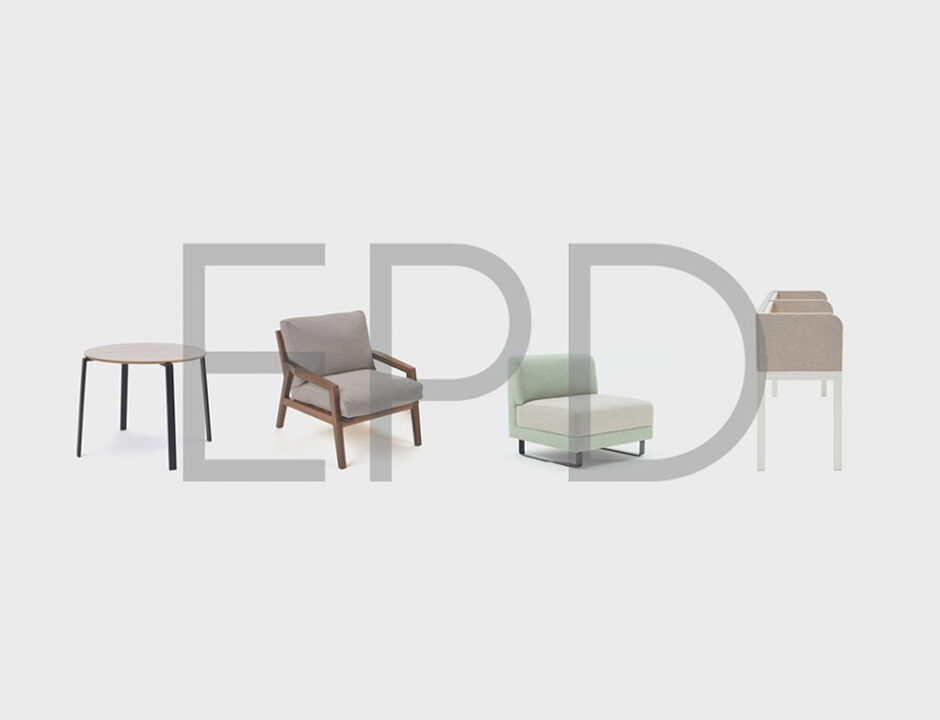
EPD stands for Environmental Product Declaration.
As the name implies, it’s a declaration of environmental performance – whether that performance is good or bad.
At its heart is another acronym – an LCA or lifecycle assessment. Today we publish our first 7 EPDs for Alf, Arris, Studioscape and Type.
Access our EPDs here.
This is a detailed analysis of what is in the product – every scrap of material is accounted for down to the last nut and bolt. And every journey the product has made and different factories it has visited for different things to be done to it.
So, for a nut and bolt that would include looking at where the metal ore was mined, where and how the steel was refined, if recycled steel was added, where and how the steel was milled and then shaped into nuts and bolts, where any finish was applied, and all the journeys between.
The LCA has a number of measured outputs – environmental acidification, use of water, hazardous wastes etc – but the one most people are interested in is the Global Warming Potential (GWP) in kilograms of Co2e (Carbon dioxide equivalent). In other words carbon footprint. You can imagine for a complex product this is a huge amount of work.
As a result, EPDs don’t come cheap, and one of the criticisms of them is that they favour bigger companies who have the deepest pockets. Smaller firms, and innovative companies who are developing new and improved products all the time miss out.
Importantly too it can’t be done in-house, it has to be done by a third party (we worked with the brilliant team at Renuables) and then verified by an independent assessor and ultimately published online by an EPD portal such as Environdec.
But it does mean that you can trust the data in an EPD, although they can also contain more subjective information that may have come straight from a company’s marketing department.
In our case we took the plunge, choosing a range of our products because a) they are the ones we sell most of and b) they are representative of all of our products in the way we make them: so, improving these products will improve all our products.
The process (and it has taken a couple of years) has been hugely educative and helpful in highlighting our main priorities for reducing our environmental impacts. For example, as a UK manufacturer our transport costs are not a major impact. But use of energy in our own buildings is, and this is one of the main drivers behind our new factory build. And we have set targets and priorities for reducing use of certain materials such as steel and foam.
If a product has an EPD that does not mean it is a sustainable product. But it does mean that the product can be compared to other products objectively. It also means that the manufacturer is open and transparent about what goes into their products, and what they need to do to improve them.
If you’d like to discuss anything within our EPD’s then please contact us for more information.
